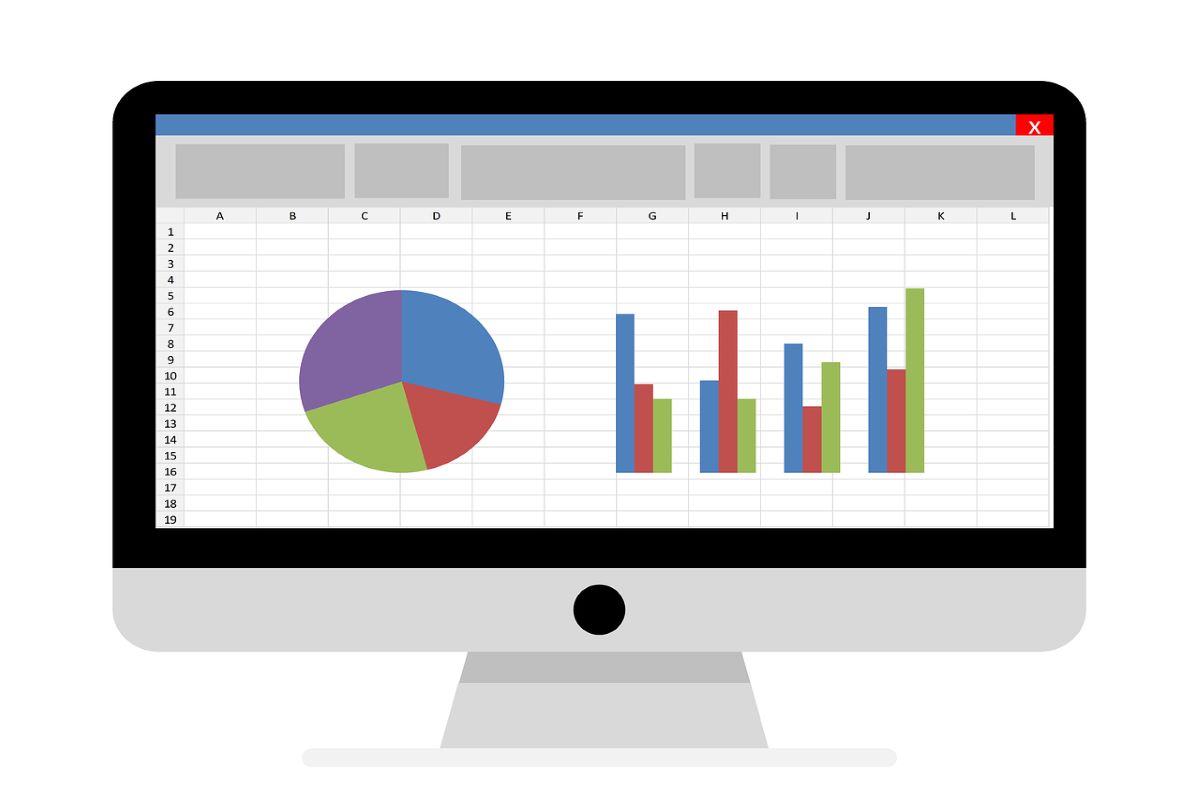The importance of ESG reporting continues to grow. We believe that the ESG rating of a company will eventually become as important as the credit rating for investment purposes. Institutional investors, asset management companies, financial institutions, and other stakeholders are increasingly using environmental, social, and governance ratings to evaluate and measure company ESG performance and compare with peers.
Many data providers provide ESG ratings to companies to help investors select suitable investment opportunities. Portfolio managers rely on ESG estimates based on company-provided ESG data to create ESG investment products. To calculate a company’s ESG score, rating agencies rate each company based on various ESG factors and assign weights to each of these factors, combining the results into a composite ESG score. ESG ratings are estimated at 100 points – this is the highest score a company can receive.
Each agency relies on its analysts and algorithms to synthesise information on ESG metrics, such as a company’s carbon footprint, board diversity, or safety policy, into separate environmental, social, and governance assessments, which are then combined into an ESG score. Dozens of rating agencies use corporate disclosures to formulate ESG ratings. They rely heavily on corporate reports, including companies indicating that they have anti-discrimination policies when calculating ESG ratings.
A recent study found that when a company provides more information about their ESG practices through ESG reporting, the rating agencies are more likely to accept it. In addition, the different ways in which rating agencies calculate ESG scores may result in the same company getting a high rating from one supplier while lower from another. The data and information quality provided by the company also affects it which may lead to the ESG rankings not always showing the correct information.
Given the growing importance of ESG factors, many companies still struggle with reporting and ratings. Several international organisations are working to standardise ESG reporting, making it less burdensome for business managers. It’s important to understand that investors want to look at the ESG information to learn more about the company.
 First, they collect public ESG data disclosed by the company. This data may include sustainability reports, annual reports, websites, public resources, and direct contacts with company officials. Companies that provide timely, transparent, accurate and reliable ESG performance data are expected to maintain continuous evaluation or work in areas that need improvement.
First, they collect public ESG data disclosed by the company. This data may include sustainability reports, annual reports, websites, public resources, and direct contacts with company officials. Companies that provide timely, transparent, accurate and reliable ESG performance data are expected to maintain continuous evaluation or work in areas that need improvement.
Therefore, when a company obtains a materiality assessment by adjusting its strategy and ESG matrix based on major issues, it is most likely to improve its ESG performance and investor ratings. If small and medium-sized enterprises want to attract stable investors, they need to find ways to improve their ESG ratings in terms of financial security. They should also consider ESG integrated reporting for better results.
Over time, every 1-2 years, you will be able to demonstrate commitment to ESG and the improvement of the most significant interest to your investors. Through continuous and rigorous assessment, you can improve your efforts, increase your ESG rating and communicate the most important data to your investors.
As investors increasingly ask what your company is doing in terms of responsible investing, how you treat employees and suppliers, your commitment to sustainability initiatives and other ESG-covered activities, it is essential to have these questions answered. But the major part of the process happens when companies analyse their business models to identify the issues most applicable to the ESG risks. The hardest part is measuring and presenting ESG risks in tangible form for clients and even companies with which a portfolio manager may interact. Investment managers can use their company’s internal research, industry reports from responsible investment organisations, and direct interactions with companies.
In addition, while ESG factors can directly affect a company’s bottom line, they also affect its reputation. Business leaders and investors are aware of the potential costs of failing to manage the ESG risks. Companies often see their rankings change if they start tackling sustainability issues in a new way or a significant dispute over ESG that could indicate governance gaps. Another way is to look at how ESG rating agencies are ranking them, but it can give mixed signals that might not give them the incentive to improve.
According to MIT documents, one consequence of this low correlation is that ESG performance is unlikely to be reflected in the prices of company stocks and bonds. Market chaos is so common today that most companies that receive such ratings are likely to receive lower ESG ratings, which will significantly reduce the number of ESG investment opportunities. On the other hand, companies that ignore ESG issues can miss out on exploring long-term innovation opportunities, and it also increases legal and reputation costs risks.
Currently, ESG investment strategies are designed to prioritise companies with higher ESG scores. Major financial institutions have launched hundreds of ESG funds to capitalise on this trend, managing trillions of dollars that reflect ESG indices or investing in companies with good ESG ratings.
Large institutional investors want to look at risk mitigation plan, higher yields and external demand. The ESG ratings can often help to identify companies that meet these requirements. By evaluating this set of criteria, investors can identify companies whose ESG priorities are consistent with their own. ESG ratings can help investors identify potential investment opportunities based on the company’s environmental, social and corporate standards.
Participating in ESG ratings can help companies improve their relationship with shareholders, attract more investment, reduce the capital cost and contribute to the strategic decision-making process. ESG-focused companies see many benefits and are likely to understand their company better. Rather than investing only in adapting best practices or developing infrastructure to improve operational efficiency, companies could improve their ESG performance by investing in people with strong environmental, social and governance backgrounds.
A successful ESG strategy requires a strong corporate culture that focuses on sustainability, social welfare, transparent governance, ethical behaviour, etc. The business initiatives should be taken accordingly. Indeed, many of the goals and outcomes of CSR programs reflect the goals and outcomes as measured by the ESG, and as a result, companies can and should use their CSR programs as leverage to raise their ESG status. However, if your company considers ESG to be nothing more than a bunch of flags, then you are probably wrong.






